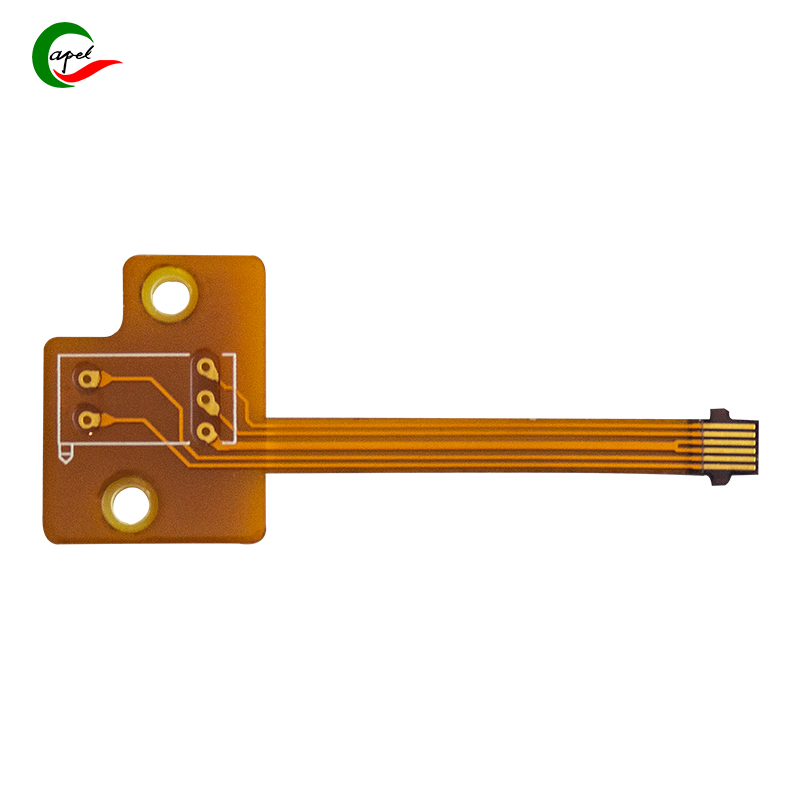How Flexible Are Flexible PCBs, and How Many Bends Can They Take?
Date: 2025-09-27
If you’ve ever wondered why your smartwatch bends without breaking or how car sensors fit into tiny, curved spots—flexible PCBs are the reason. But let’s cut to the chase: How “soft” are they, and how many times can you bend them before they stop working? No tech jargon, just straight answers.
First, “how soft?” It’s not like a rubber band—you can’t stretch it—but it’s flexible enough to fold, twist, or curve to fit tight spaces. Think of it like a thin, durable sheet of plastic (but with circuits inside). The softness depends on the material: Most use polyimide (a tough plastic), so they can bend to a radius as small as 1mm (that’s thinner than a pencil!). For example, the PCB in a foldable phone bends 180 degrees every time you open/close it—no cracks, no breaks. It’s “soft” enough to adapt to devices, but tough enough to handle daily use.

Now, “how many bends?” This is where it gets specific, but here’s the short version: It depends on how you bend it and what it’s made of. If you bend it gently (to a wide radius, like 5mm) and use a high-quality flexible PCB (with strong copper and polyimide), it can handle 10,000 to 100,000 bends—maybe more. For example, a fitness tracker’s PCB bends when you move your wrist; it’ll last 2-3 years (that’s tens of thousands of bends) before wearing out. But if you bend it too tight (like a 0.5mm radius) or yank it hard, it might break after just a few hundred bends.
Pro tip: To make them last longer, don’t bend them back and forth super fast, and avoid bending the same spot over and over. Most flexible PCBs are built for “dynamic bending” (regular, gentle movement), not rough handling.
So, to sum up: Flexible PCBs are “soft” enough to fit curved devices but tough as nails, and they can take thousands of bends if you treat them right.
related link: